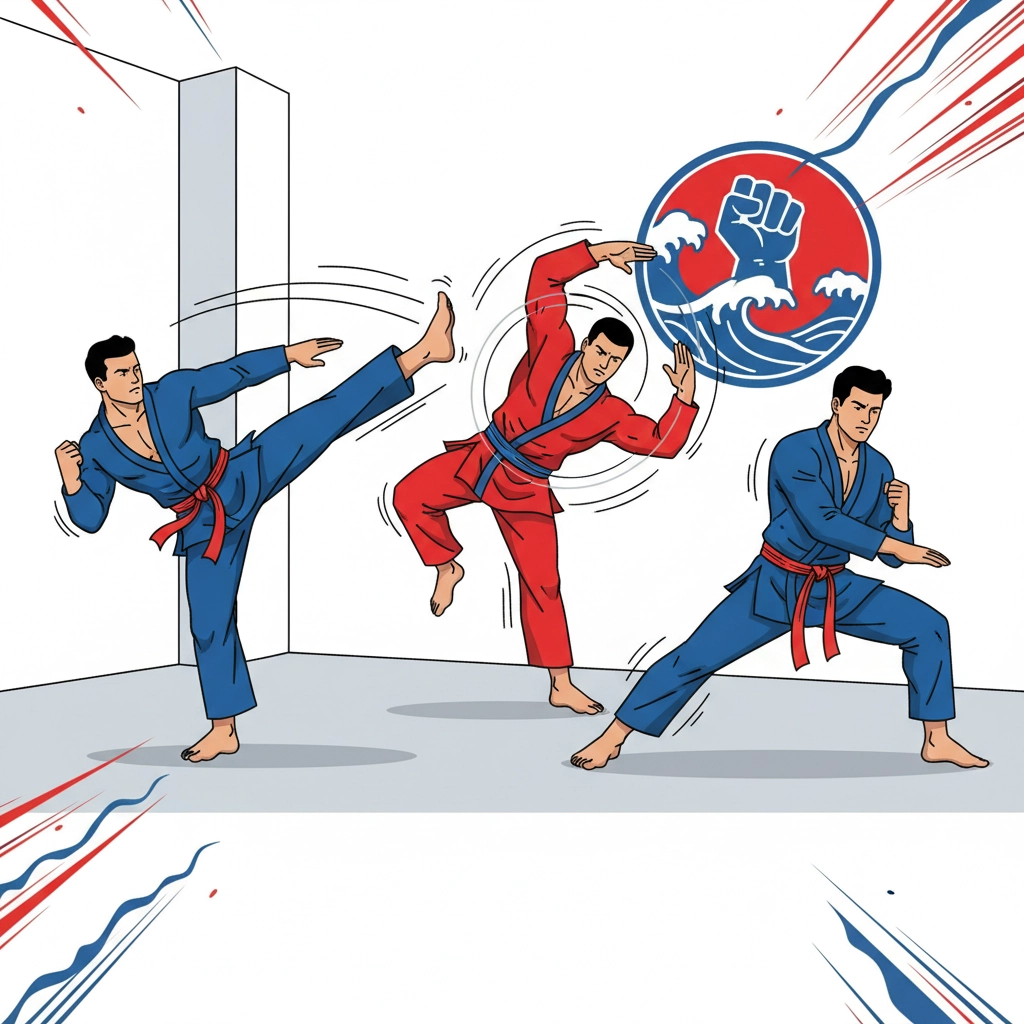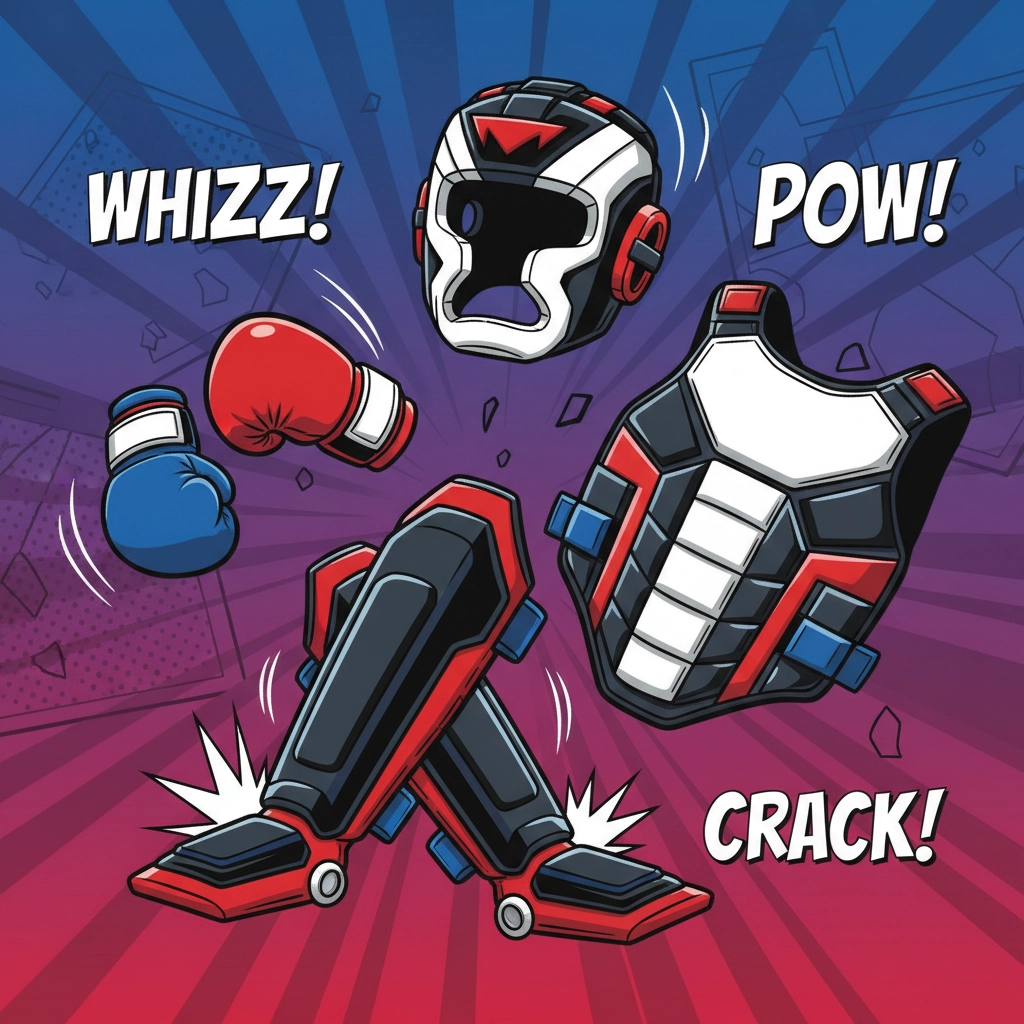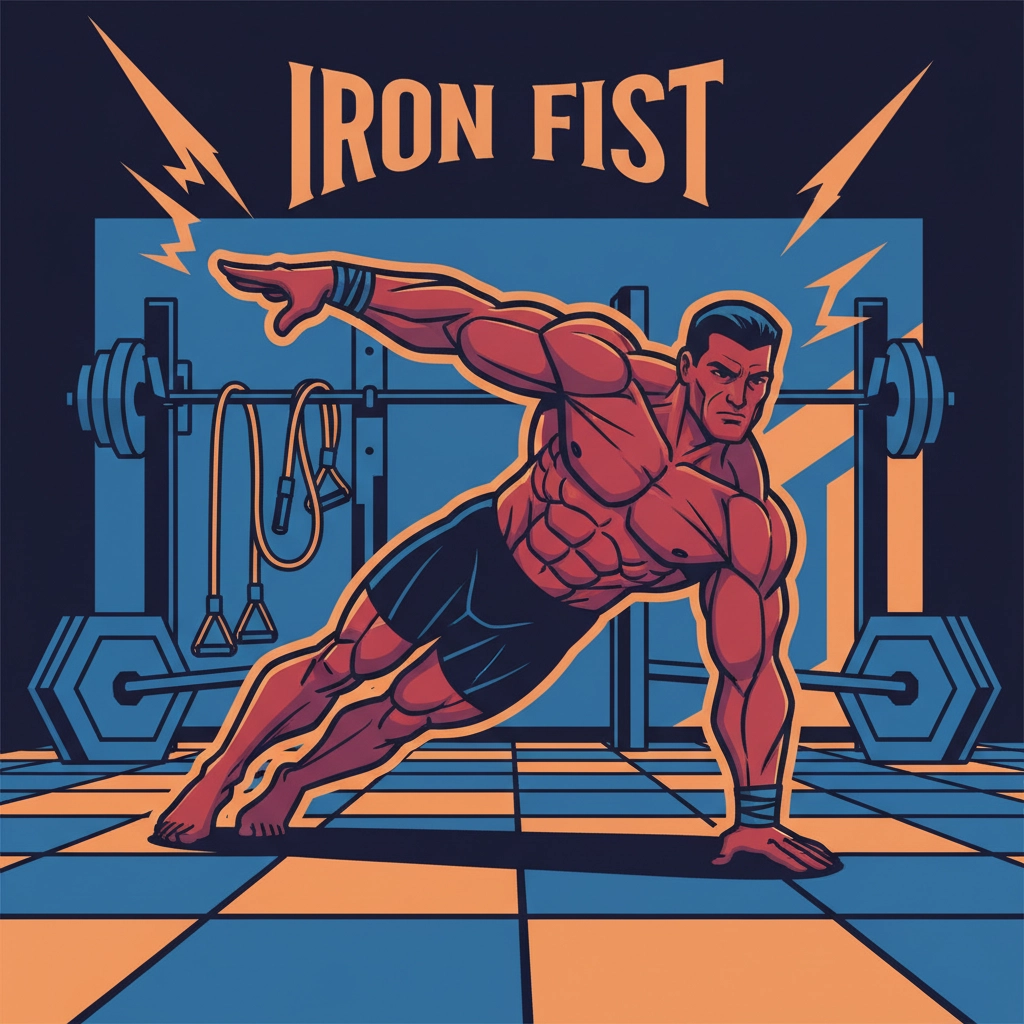Hey everyone! Running a martial arts school means you're responsible for keeping your students safe while helping them grow stronger. Injury prevention isn't just about avoiding lawsuits: it's about creating an environment where everyone can train hard and achieve their goals without getting sidelined by preventable injuries.
Let's dive into everything you need to know to build a rock-solid injury prevention program that'll keep your students training consistently and your school thriving.
Start Every Class Right: Warm-Up and Cool-Down Protocols
You've probably seen it happen: students rush in, throw on their gear, and jump straight into sparring—big mistake. A proper warm-up is your first line of defense against injuries.
Your warm-up should get blood flowing between vessels while flexing joints and preparing muscles for the demanding movements ahead. We're talking dynamic stretching, light cardio, and movement-specific prep that mirrors what students will actually do in class.

Don't skip the cool-down either. Those post-training stretches and breathing exercises aren't just feel-good fluff: they actually reduce stiffness and minimize future injuries. Every single class should end with static stretching and gradual heart rate reduction to help students transition safely from high-intensity training back to normal.
Gear Up for Success: Essential Protective Equipment
Here's where things get serious. Quality protective equipment serves as your primary defense against trauma-related injuries. We're talking about mouth guards, headgear, and knee support that functions as a shock absorption system to protect against nose fractures, concussions, and joint injuries.
If you're working with kids, gear selection becomes even more critical. Whether they're practicing high kicks in taekwondo or defensive foot sweeps in judo, properly-fitted gloves and durable footwear ensure young athletes can train safely without compromising their development.
But here's the thing: gear that doesn't fit properly is almost useless. Equipment fitted snugly enhances muscle support and maintains a full range of motion. You need regular equipment inspections and replacement schedules because worn-out gear can lead to serious injuries, including brain damage.
Train your staff to assess the condition of equipment and educate parents about the maintenance requirements for student-owned gear. Make it part of your culture.
Build Bulletproof Bodies: Strength and Conditioning Integration
Strong, flexible bodies handle martial arts stresses much better than weak ones. That's why incorporating strength and flexibility exercises into regular training can significantly reduce the risk of injury.

Your conditioning program should complement martial arts training, not compete with it. Proper conditioning helps students maintain appropriate form for more extended periods and avoid overuse injuries, while also allowing for faster recovery when injuries do occur.
Think progressive training programs that build physical capacity gradually while maintaining focus on technique development. You're not trying to turn everyone into powerlifters: you're building resilient martial artists.
Technique is King: Quality Instruction Makes All the Difference
Here's a truth bomb: using proper technique and form is absolutely critical in preventing injuries. Incorrect techniques lead directly to strains, sprains, and other injuries that could easily be avoided.
Your instructors should consistently emphasize proper form for every movement. Create systems for students to practice techniques safely and consistently. This isn't negotiable.
Regular feedback from qualified instructors helps improve technique and reduce the risk of injury. Invest in instructor development programs that focus on technique demonstration, injury recognition, correction methods, and progressive skill development.
Remember: learning and practicing proper technique while developing good habits and avoiding bad ones can significantly reduce both immediate and long-term injury risks.
Rest and Recovery: The Forgotten Training Component
Many schools dismiss rest as less important than training. That's backwards thinking. Rest is equal to training in terms of injury prevention significance.

Insufficient recovery time makes bodies more vulnerable to fatigue-related injuries. Muscle recovery happens during rest days and quality sleep, protecting against long-lasting damage.
Teach students to recognize the difference between normal training discomfort and pain that signals potential injury. Implement scheduled rest days and encourage open communication when students feel they're pushing too hard.
Overtraining can lead to injury by not allowing sufficient recovery time. Develop scheduling systems that allow for proper recovery and monitor training intensity across all programs.
Create a Safe Training Environment
Maintaining awareness of surroundings during sparring sessions helps prevent accidents with other students sharing the same training area. Establish clear protocols for space usage, student movement patterns, and equipment placement to minimize collision risks.
Keep a fully stocked first aid kit accessible for minor injuries that may occur during training. Ensure staff are trained in basic first aid and CPR, and establish clear emergency response procedures for various injury scenarios.
Your training environment should feel safe and controlled, not chaotic and dangerous.
Innovative Student Management: Assessment and Progression
Some schools require students to consult with a physician before starting martial arts training. Gather information about pre-existing conditions, previous injuries, and physical limitations that might affect training participation.
Even if you don't do this - and few schools will - that doesn't mean a conversation about physical abilities before the first time on the floor is a bad idea. The sooner your school starts intense training - especially partner training - the more important this becomes.

Sparring intensity should always be discussed with training partners to avoid unnecessary injuries. Implement graduated progression systems that slowly increase training intensity and complexity as students develop proper technique and conditioning.
Establish regular check-ins with students about their physical condition and adjust training programs based on individual needs and recovery rates. Sport-specific exercises, active and passive stretching, and practice variability help prevent overuse injuries.
The Bottom Line: Safety Equals Success
The most successful martial arts schools understand that injury prevention creates an environment where students achieve maximum potential safely. Schools that prioritize comprehensive injury prevention see improved student retention, reduced insurance costs, enhanced community reputation, and students who can train consistently without preventable injury interruptions.
Quality protective gear is just one piece of the puzzle, but it's a crucial one. Combined with proper protocols, qualified instruction, and innovative training management, you'll build a program that keeps students safe and coming back.
Taking necessary precautions and following these guidelines minimizes injury risk and creates a safer training environment for everyone. The investment in proper safety protocols, equipment, and training pays dividends through a thriving, sustainable martial arts program.
Your students trust you with their safety( make sure you're worthy of that trust.)

